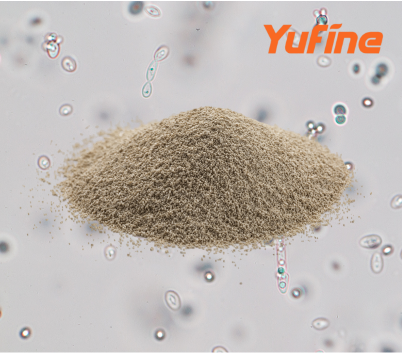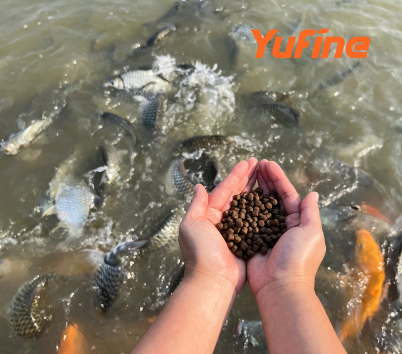 Fermented Rice Protein as
Fermented Rice Protein as
an Alternative to Yeast Culture
Fermented Rice Protein (FRP) is emerging as a novel feed ingredient, offering high nutritional value and potential functional benefits. It shows distinct advantages in replacing yeast culture. Below are key points regarding the use of FRP as an alternative:
1. Nutritional Composition
**Protein Content**: During fermentation, starches in rice are broken down, increasing the relative proportion of proteins. The amino acid profile becomes more aligned with animal requirements.
**Digestibility and Bioavailability**: Fermentation improves the digestibility and bioavailability of rice proteins, enhancing their value as a quality protein source.
2. Functional Benefits
**Immune Modulation**: FRP may contain various bioactive peptides and secondary metabolites produced during fermentation, which can help enhance host immunity.
**Gut Health**: The fermentation process introduces beneficial microbial communities, such as lactic acid bacteria, promoting gut health by inhibiting pathogen growth and maintaining gut barrier function.
3. Environmentally Friendly
**Resource Sustainability**: Rice is one of the world's most widely cultivated staple crops. Utilizing rice for producing fermented protein reduces dependency on limited resources like fishmeal and soybean meal while supporting circular economy development.
**Low Carbon Footprint**: Compared to some traditional protein sources, the production process of FRP typically has a lower carbon emission footprint.
4. Cost Efficiency
**Raw Material Cost**: Rice and its by-products are relatively stable in price and easily accessible, providing economic feasibility for large-scale commercial production.
**Processing Costs**: While fermentation technology requires initial investment, it can reduce overall farming costs in the long term by minimizing the use of other additives, such as antibiotics.
5. Application Examples
In practical applications, FRP has demonstrated excellent substitution effects. For instance, studies have found that replacing yeast metabolites with a certain percentage of FRP in aquaculture feed can maintain or even improve growth performance, enhance water quality conditions, and reduce disease incidence.
6. Market Prospects
As consumer concerns about food safety and environmental protection grow, FRP, being a natural, safe, and efficient feed component, is gaining market favor. Future advancements in optimizing fermentation processes and technological innovations will further expand its application scope and enhance market competitiveness.
### Conclusion
Fermented Rice Protein holds significant potential as an alternative to yeast culture, especially in meeting the demand for efficient and environmentally friendly feeds in modern livestock and aquaculture. However, the specific application effects need to be thoroughly researched and validated based on different breeding subjects, environmental conditions, and other factors.
This comprehensive overview highlights the advantages and potential of using Fermented Rice Protein as an alternative to yeast metabolites in feed formulations. As stakeholders continue to adapt to changing dynamics, they are poised to drive further innovation and progress in this dynamic field.








